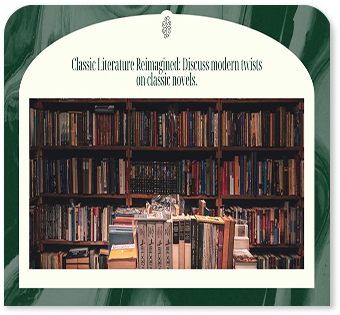-
Mon-Fri: 10AM to 8PM 01722665665
-
My Account
-
-
0
Total :
₹ 0.00

The book focuses on client-server architecture and database management using Oracle, specifically tailored for BCA 2nd-year students.
The book is authored by Puneet Kumar and Sushil Bhardwaj.
This book is designed for BCA 2nd-year students in their 4th semester at Panjab University, Chandigarh.
The key topics include SQL and PL/SQL programming, transaction management, database security, and client-server computing principles.
Yes, there are practical sessions provided in the appendices for SQL queries and PL/SQL programs.
The book emphasizes SQL and PL/SQL, Oracle's procedural language extension for SQL.
Yes, it includes a step-by-step installation guide for Oracle 10g.
The book aligns with the syllabus set by Panjab University for BCA students, ensuring it meets the academic requirements for the subject.
The book is designed for both self-study and classroom use, facilitating a comprehensive understanding of the subject matter.
Transaction management is crucial for maintaining database integrity, and the book teaches commands related to COMMIT and ROLLBACK.
No Description Added
The book focuses on client-server architecture and database management using Oracle, specifically tailored for BCA 2nd-year students.
The book is authored by Puneet Kumar and Sushil Bhardwaj.
This book is designed for BCA 2nd-year students in their 4th semester at Panjab University, Chandigarh.
The key topics include SQL and PL/SQL programming, transaction management, database security, and client-server computing principles.
Yes, there are practical sessions provided in the appendices for SQL queries and PL/SQL programs.
The book emphasizes SQL and PL/SQL, Oracle's procedural language extension for SQL.
Yes, it includes a step-by-step installation guide for Oracle 10g.
The book aligns with the syllabus set by Panjab University for BCA students, ensuring it meets the academic requirements for the subject.
The book is designed for both self-study and classroom use, facilitating a comprehensive understanding of the subject matter.
Transaction management is crucial for maintaining database integrity, and the book teaches commands related to COMMIT and ROLLBACK.


